The Noctua NA-FG1 grille
That this or that can no longer be improved? It can only seem that way until someone points out the possible shortcomings. This also applies to the circular grille in front of fans, on which Noctua has found a few weak spots, where their solution (compared to traditional circular grilles) lead to higher efficiency – the drop in airflow is supposed to be even lower with an even smaller increase in noise. And all of it makes sense.
Noctua now also has grilles in front of fans on offer. Naturally, these are based on an aerodynamic design that practically does not affect the fan’s performance. Unlike grilles where only a certain pattern is stamped into sheet metal (typically honeycombs, hexagons) Noctua’s design consists of wires with a circular cross-section. The very fact that the edges are not sharp (but rounded) creates significantly less turbulence on the grille, and thus achieves lower noise levels with simultaneous higher airflow – the more turbulent the intake flow, the less air will flow through the fan.
In front of the rotor, it is important to make the air streams as laminar as possible. Turbulent flow (to effectively mix warm air molecules with cold air molecules) is important from a cooling point of view only at the fan exhaust.
The circular grille is fundamentally an “old thing”. In the past, it was also very often used in cases and power supplies, and its decline is due to the fact that it is “expensive” to manufacture, or significantly more expensive compared to the grilles that are formed by contact with the stamp. And for some, perhaps even less attractive in appearance. With the NA-FG1, Noctua has worked on this aspect as well and instead of the “unfashionable” silver, they come in black.
Noctua grilles are available for almost all fan formats, from 40mm, 50, 60, 70, 80, 90, 120, 140 up to 200mm formats. The larger the format, the more concentric circles the grille has, Noctua does not tighten the spacing. While the largest grille consists of up to nine circles, the smallest has only one.
A major improvement over existing grilles of similar design is the mounting method and greater clearance from the rotor. Instead of screws, push-pins are used for installation. The contact between the grille and the fan is through a soft insert, which eliminates vibration transmission and unwanted secondary noise (from the grille resonating with vibration). But the lower noise level compared to traditional circular grilles is also supposed to be for aerodynamic reasons. The NA-FG1 grille is in fact further away from the rotor, Noctua states a distance of 5 mm.
One way to reduce the intake microturbulence is by spacing it further apart from the obstacle body itself. Compared to grilles with a smaller gap, Noctua reports a 2–3% increase in airflow with a 0.6–1.2 dBA decrease in noise. This is a spread of average values, which are naturally different for each fan (also with respect to its speed).
If you think these improvements are too small, know that even the difference between a traditional grille and using a fan without one is minimal. You know this from our tests, where we have looked at this comparison in detail and we measured a difference in airflow of up to 2% and in noise level of up to 1.1 dBA (and even then at quite high speeds outside the normal operation of system fans). So Noctua has obviously worked to bring the impact of the grille to the limit of its physical capabilities while still fulfilling its main (protective) function.
The retail price varies depending on the format and number of grilles in a pack. These can be two (variants with Sx2 in the designation) or five (Sx5). The smaller pack is available for 12.90 EUR – 19.90 EUR, the larger one for 19.90 EUR (for the smallest grilles) – 29.90 EUR.
English translation and edit by Jozef Dudáš
- Contents
- The Noctua NA-FG1 grille





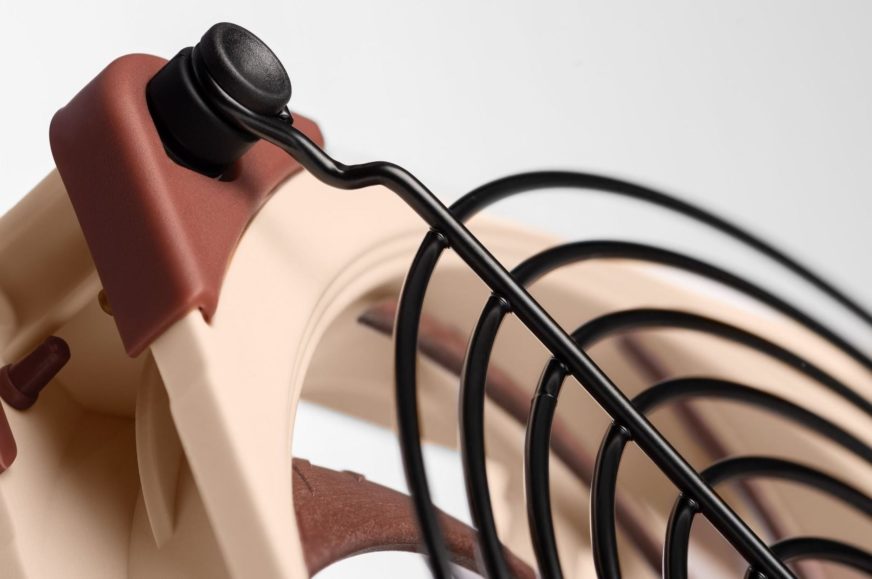
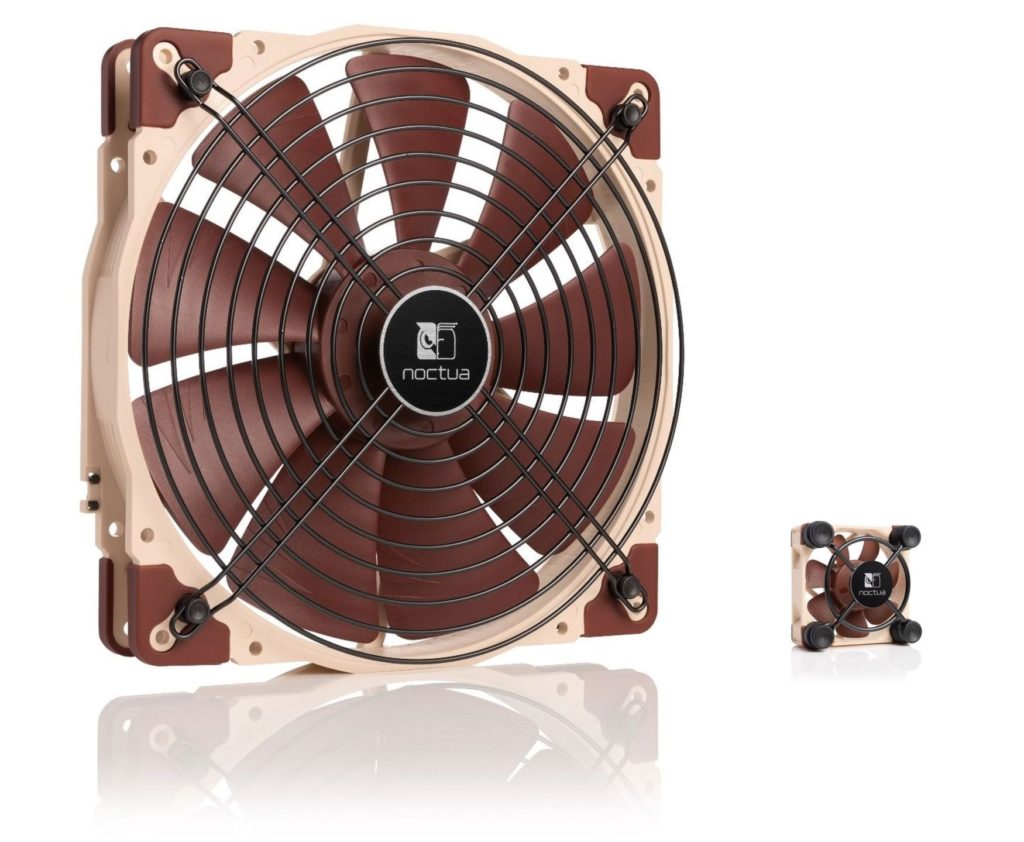
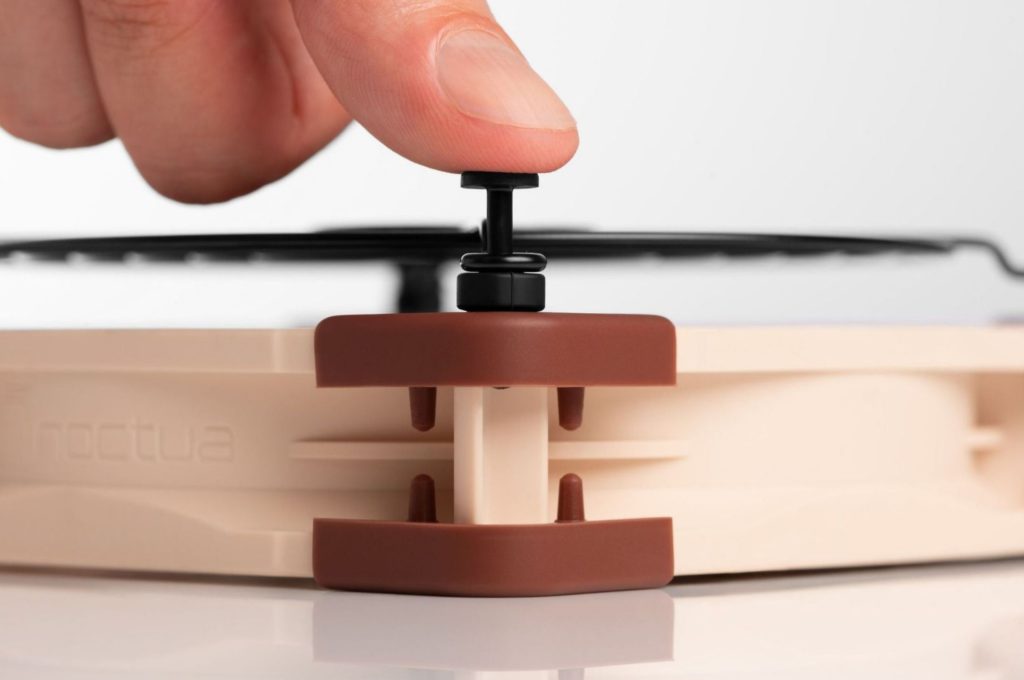
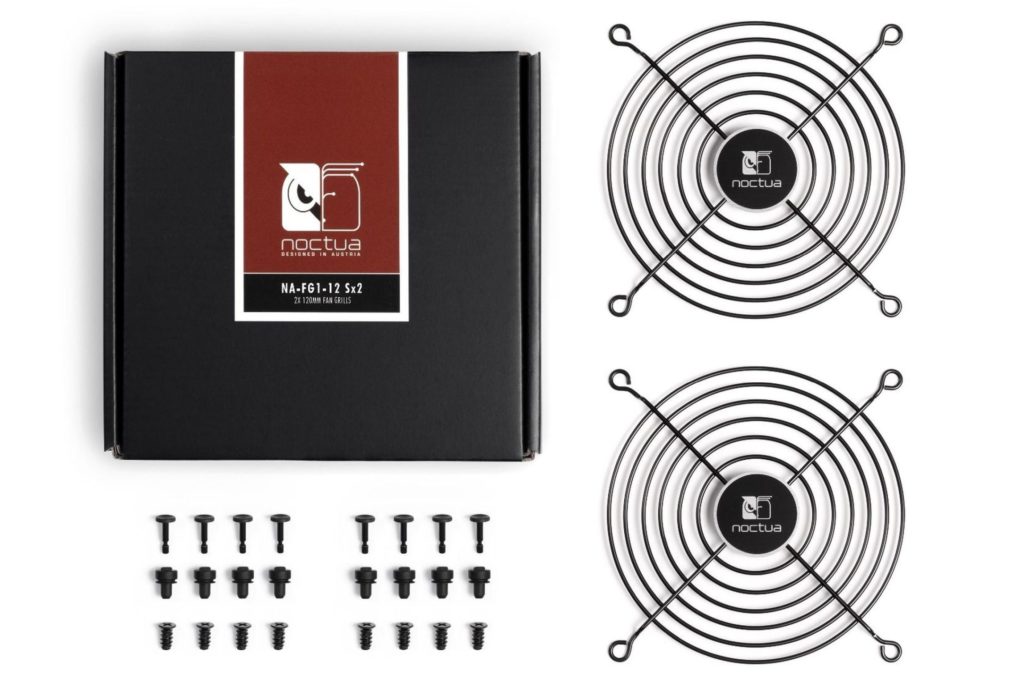
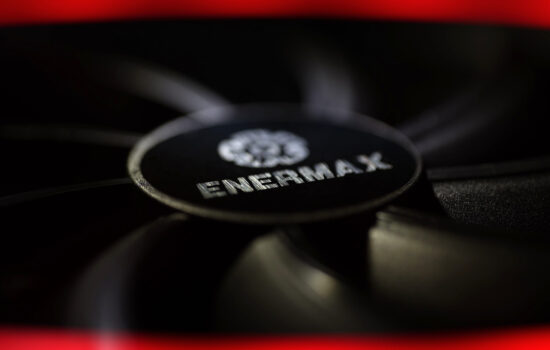





https://noctua.at/pub/media/wysiwyg/fan_grills/NA-FG1_performance_impact_border.png
https://noctua.at/pub/media/wysiwyg/fan_grills/NA-FG1_acoustical_impact_border.png
The release of the fan grills informs us two things more important than thegrill itself:
1. Noctua already have completed the design of the next-gen 140mm fan, and the durability test is in progress.
2. The acoustical impact on NF-A12X25 by front obstacle is very huge.
On point number 2: Good observation and deduction, however I would not generalize it to all obstacles, but only to grilles and plastic filters, i.e. solid obstacles with a narrow profile. A hexagonal grille with sharp edges typically increases the noise in front of the rotor more than a radiator, which can even reduce the noise in some fans. The reason for this is that the air streams are much more laminar in front of the fan rotor (than with thin, sharp-edged obstacles), because the “critical” microturbulence is suppressed on the longer path (in the body of a typical radiator). Of course, they are still not laminar, but they can be described as much less turbulent. From the everyday world: Flowing liquid through sieves with the same screen, which differ only in thickness, is more “laminar” behind the thicker one at the same airflow. The way the liquid flow is clearer in the cross-section (compared to the flow through a thinner sieve) is also a good visual check. 🙂